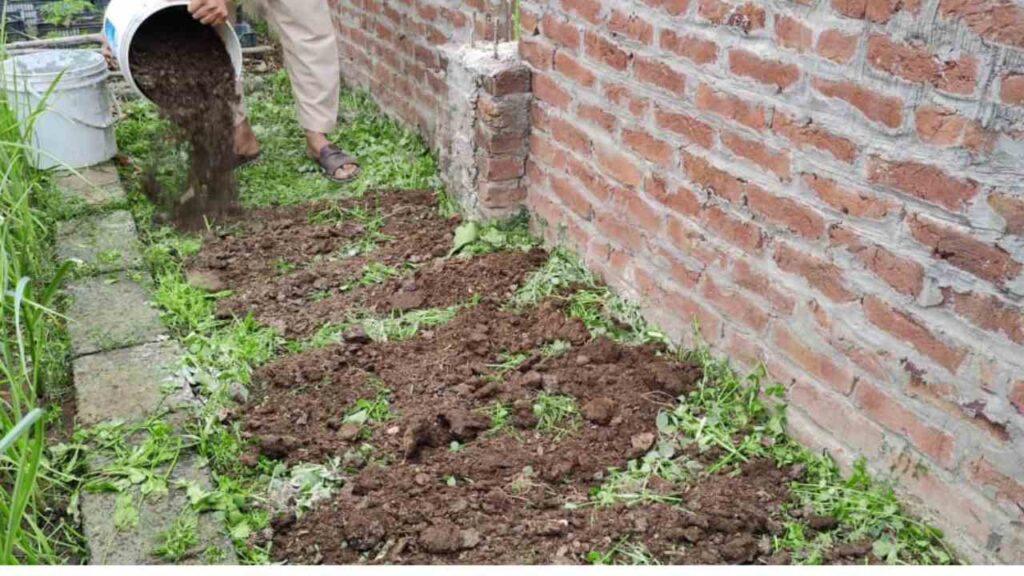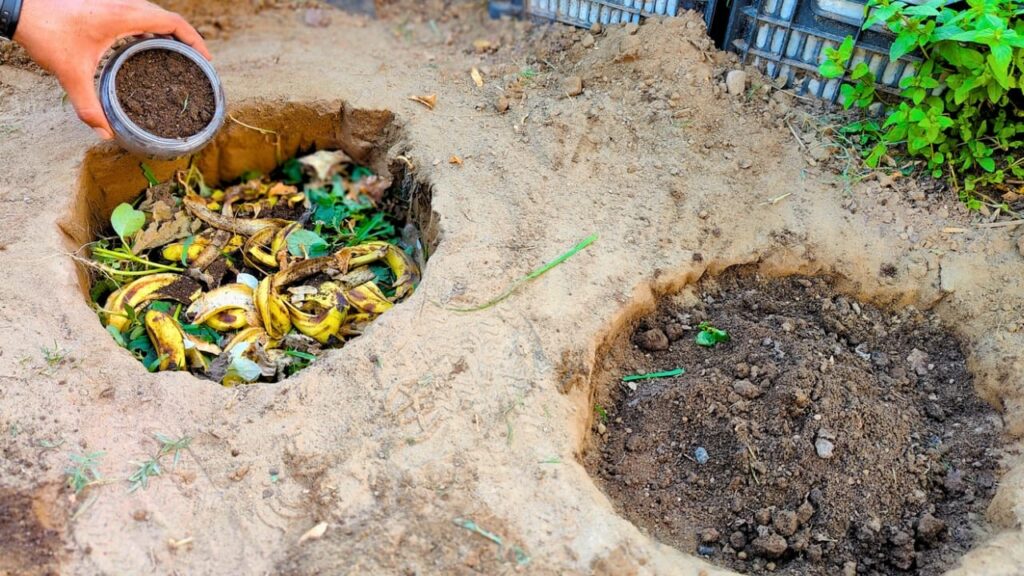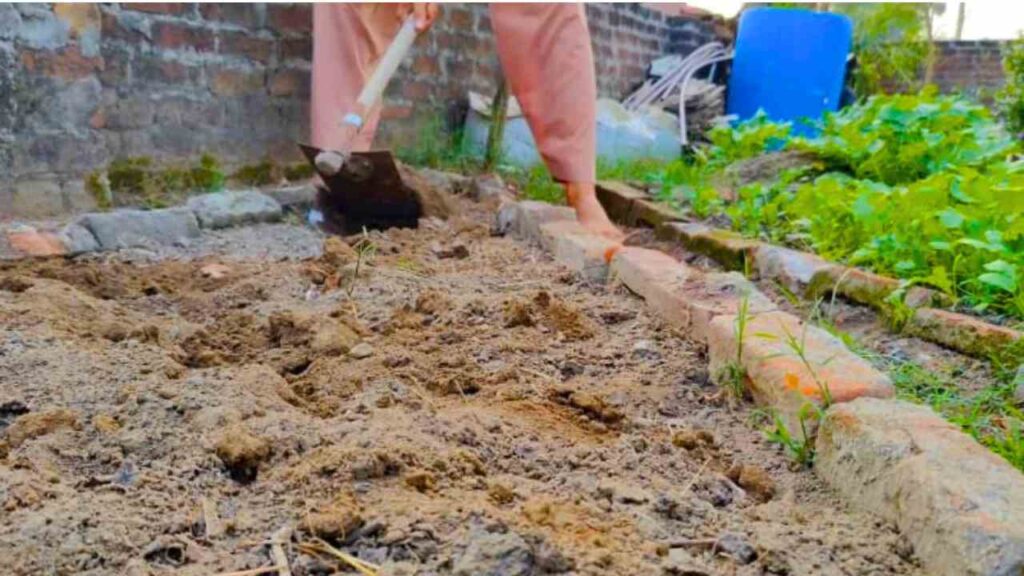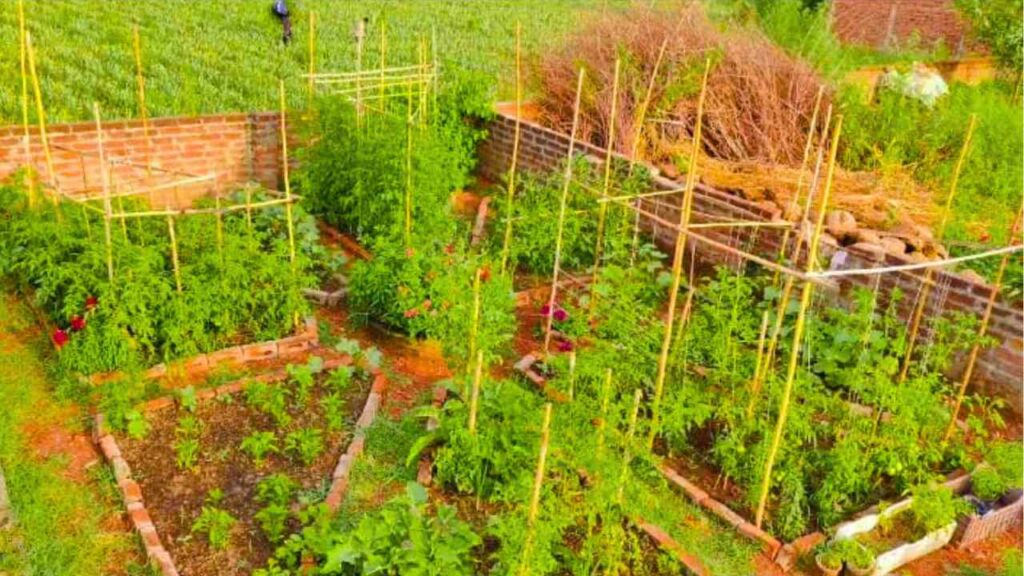Don’t be disheartened if your garden’s soil is bad and you find it difficult to grow anything. A few simple actions can help you to convert that difficult terrain into rich, nutritious soil ideal for your plants. This post will look at two efficient ways to enhance soil quality. You might be surprised by the second approach; it’s a straightforward fix anyone can do.
Method 1: Building a Raised Bed Garden

Building a raised bed garden is one of the most efficient ways to enhance soil quality. Raised beds help you completely manage the soil mix, hence guaranteeing its nutrient richness and excellent drainage. This approach is especially effective in places with poor-quality or compacted soil.
You may either buy a ready-made raised bed frame or construct one yourself to begin. Common materials are wood, bricks, or any other robust material you have on hand. Usually 6 to 12 inches deep, depending on the plants you want to cultivate, the frame should be large enough to accommodate a considerable amount of soil.
Fill your raised bed frame with a high-quality soil mix after it is set. This solution should consist of a mix of compost, topsoil, and other organic materials, including peat moss or perlite. While the topsoil offers a firm basis for your plants, the compost will supply necessary nutrients. Rich in nutrients, this combination fosters a perfect growing condition that supports healthy growth and enhances the output of your plants.
Raised beds also offer appropriate drainage, which is vital for avoiding root rot and enabling plants to flourish. Lifted beds also assist with soil aeration and weed control by keeping the soil lifted. A raised bed garden guarantees your plants will have a balanced, well-structured habitat and the correct nutrients.
Method 2: In-Ground Composting by Digging a Hole

Should you lack the means to construct a raised bed, consider digging a hole in the ground as a simpler, substitute approach. This method is just as efficient and a great way to enhance bad soil. Imagine it as an in-ground composting system; for those with little room or money, it’s a wonderful choice.
First, select a location in your garden where you wish to enhance the soil. Begin by excavating a hole around the size of a big container. Usually around 12 to 18 inches deep, the hole should be deep enough to hold the organic materials you intend to add.
After digging the hole, fill it with well-rotted manure or compost. Kitchen garbage, dead leaves, weeds, or other organic materials can also be used if you lack compost on hand. Over time, these will all decompose and provide the soil with necessary nutrients. Organic items like these usually take 4 to 6 weeks to degrade completely, so it’s better to begin this process at the start of winter or during the off-season when your garden isn’t actively expanding.
After adding your organic material, cover it with a layer of compost. The plants you choose to grow in the area will benefit immediately from this upper layer of nutrients. Starting this procedure in winter will make your soil very productive and ready for planting by spring.
Tracking and Marking Your Holes

Especially if you’re digging holes and adding compost in the winter or early spring, keeping note of where you’ve done so is crucial. Marking the locations with basic pegs or flags is the best approach to accomplish this. Once the growing season starts, these marks will enable you to recall precisely where to place your seedlings or seeds.
When planting season comes around, the organic materials at the bottom of the hole will have rotted into rich, dark compost. This compost will have transformed your formerly poor soil into rich earth that promotes robust plant development.
The Advantages of Both Strategies

Depending on your goals and available resources, both raised bed gardening and in-ground composting provide notable advantages. Raised beds have the benefit of a regulated growing environment, where you can be guaranteed that your plants will have access to high-quality soil. They are perfect for locations where the terrain is difficult to work with, and they also offer great drainage.
Conversely, a more straightforward, low-cost option is to dig holes in the ground and insert organic ingredients straight into the soil. This method is ideal for those who can’t afford or fit raised beds, as it also enriches soil.
These methods will improve your soil, even if it’s been poor or hard to work with. Ultimately, more plentiful harvests and a flourishing garden result from both approaches successfully supplying your plants with the nutrients they need to grow strong and healthy.
Conclusion: A Thriving Garden from Poor Soil
Both raised bed gardening and hole digging for in-ground compost are simple and efficient techniques to transform poor soil into rich ground. A thriving garden that yields healthy, vibrant plants will be yours with some patience and work.
We wish these techniques would enable you to maximize your soil and change your garden area. You are welcome to post any extra advice or successful organic techniques you have utilized in the comments area below. Enjoy your gardening!

